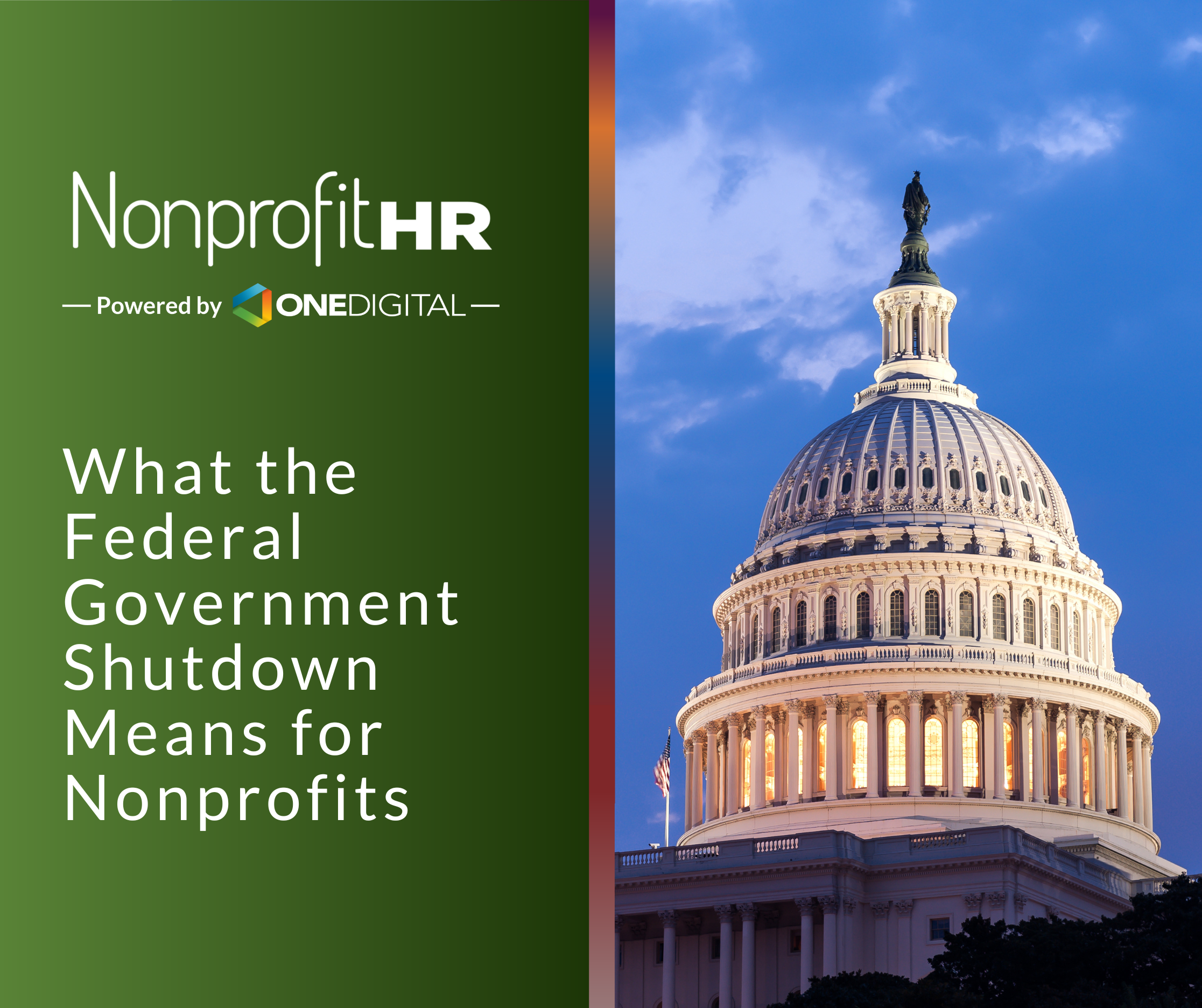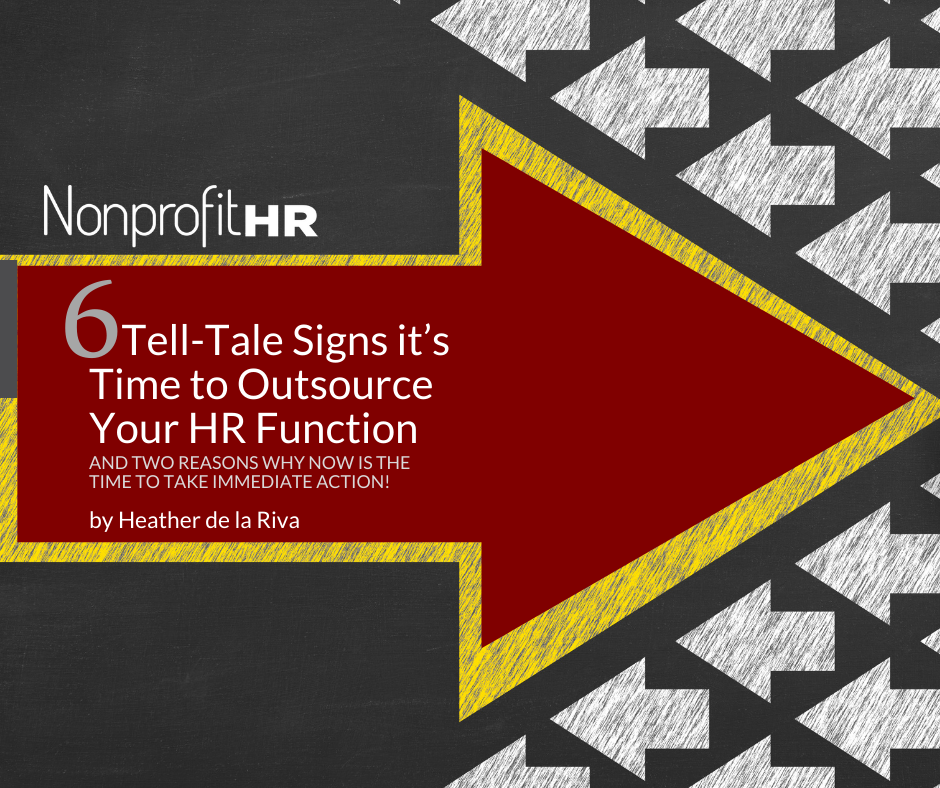WTOP: 5 ways nonprofits can…
By Leslie Beckbridge
Every year, thousands of Americans resolve to lose weight in the New Year. Also popular are other health-related resolutions such as exercising more, eating better, managing stress better and quitting smoking. Luckily, many companies are eager to help you accomplish these goals. Parade has helpfully put together a list of apps to assist with everything from setting aside time for yourself to quitting smoking. However, enthusiasm for New Year’s resolutions usually fades quickly as we return to our usual habits and life gets in the way of workout plans and dieting. Personally, without some external motivator, it is much easier to talk myself out of a workout or new healthy habit. If I want something to stick, I need a reinforcement strategy, like a workout buddy who will drag me out on a run even in the rain or a diet journal to keep me accountable for cheating. If you’re like many Americans and you feel like you’ve tried every trick in the book (several books actually, you have an entire self-help shelf), let me blow your mind with an idea that you probably haven’t tried: get your HR department and/or office leadership to reinforce your New Year’s resolution. Before you scoff and roll your eyes because HR is just a bunch of paper-pushers or your boss doesn’t have time to help you with your personal habits, let me ask you to consider how successful you think you will be if you do not, in some way, tie your personal commitment to your professional life. You eat at or near work five days a week, possibly more than one meal a day. After your home, you likely spend most of your time at work. Your co-workers reinforce habits like group smoking breaks or junk food on payday. Bad habits at work can spell sabotage for even the strongest resolve. On the other hand, teamwork in healthy habits at work can mean the difference between success and failure.
Many employers are starting to offer wellness programs as part of their benefits packages for many different reasons. Some are looking to increase employee health and satisfaction while others are looking to attract top talent with innovative “perks” like on-site yoga classes and vaccination clinics. I sat down with Nonprofit HR’s benefits expert, Julie Gallion, to examine the why and how of implementing wellness programs at nonprofit organizations. To start with, I wondered where the drive for these programs comes from. According to Julie, depending on the culture and individuals that make up an organization, either leadership or a dedicated employee drives the creation of a program, although as trends move toward the inclusion of wellness benefits, we may begin to see external pressure playing a larger role. As wellness programs become more pervasive, it will be increasingly difficult for employers who do not offer these benefits to attract and retain the best employees, who will be looking to receive the best compensation.
Now, if you’re going to be the catalyst employee, where should you start? Often, a program will start with just one “feature,” like a once-a-week exercise class at a reduced rate for employees or free on-site vaccinations. This really depends on the interest and commitment level of employees and can be used to gauge viability of a larger program. So, if you want to get your office on-board with your plan to lose weight in 2014, you could organize a fitness challenge for the office to see whether others would band with you to pitch leadership on a program. For example, it would be easy enough to organize people into teams and compete to walk the most in a month. There are several free Smartphone apps that will track your distance covered, or each person could invest in a low-cost pedometer to monitor their progress. You could give away a prize like lunch at a healthy restaurant for the winning team. This could be done without any involvement from leadership and could be a springboard to get people engaged.
Often, nonprofits get a bad reputation for overworking and under compensating their employees. Fortunately, this is often not the case. While nonprofits do face challenges due to budget restrictions, more and more nonprofits are getting creative with benefits to make up for the difference. When it comes to health and wellness, there are many things that organizations can do for free or by sharing costs with employees. Julie recommended looking to your health insurance provider for resources and programs. Often, they have vast libraries of articles, presentations and other information that you can access for free on their website. You may even find that there are discounts offered for organizations who participate in certain programs. No matter your level of influence within the organization, you can take it upon yourself to do the research and pitch human resources to organize a clinic or workshop or to partner with a healthy food provider for staff lunches or a low-cost exercise class.
If you are hoping to lose weight, eat better, exercise more or just generally be healthier in 2014, your employer can be an unexpected ally. Any challenge is easier when you are surrounded by people who are pursuing the same goal, and the support of your co-workers may be the extra push you need to stick with it this year. The most important thing in getting your team on board is to know your audience. Think about who will be excited to participate so that you can work with them to make the pitch. When you speak to the decision-makers, make sure you know their priorities. If they are going to be most concerned with cost, don’t waste your time trying to convince them of the emotional benefits, focus on ways to minimize expense.





























